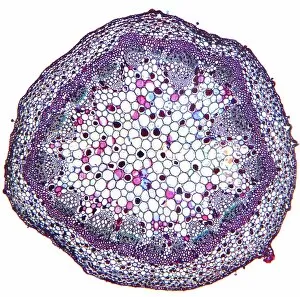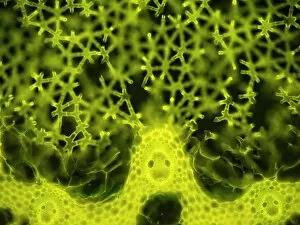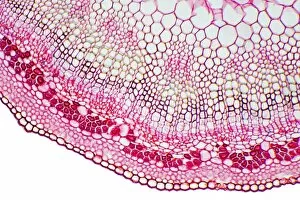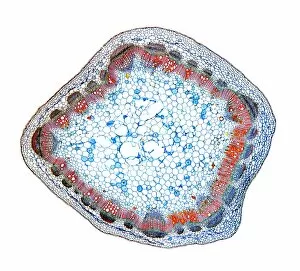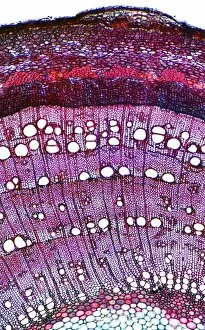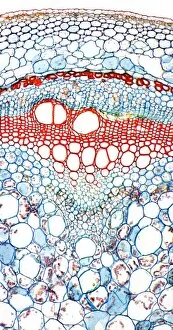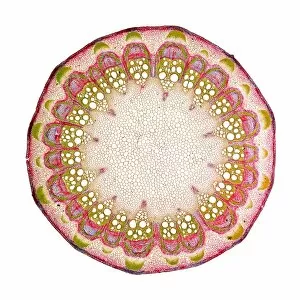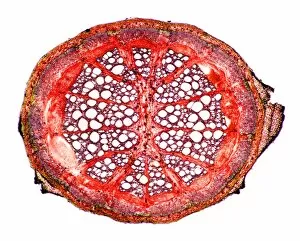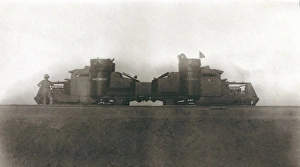Pith Collection (page 7)
"Pith: A Journey Through History and Adventure" Step into the world of pith, where tales of bravery, conquests, and scientific breakthroughs intertwine
All Professionally Made to Order for Quick Shipping
"Pith: A Journey Through History and Adventure" Step into the world of pith, where tales of bravery, conquests, and scientific breakthroughs intertwine. Join us on an exhilarating ride through time as we explore the diverse realms that this four-letter word encompasses. In the heart of Africa's untamed wilderness, Patersons Camp Coffee fuels the Queen's Own Corps of Guides in their daring expeditions. Led by Sir Donald Cameron, Governor of Tanganyika, these fearless explorers navigate treacherous terrains with unwavering determination. Venturing further back in time to c1900 Cuba, witness a battle against a formidable foe - Yellow Fever. Dr. Carlos Finlay and U. S. Army surgeon Dr. Walter Reed stand side by side with other medical pioneers like Dr. Jesse Lazear and Dr. James Carroll as they strive to conquer this deadly disease after the Spanish-American War. The horrors of World War I come alive as an Irish soldier finds solace amidst trenches in Mesopotamia. Amidst chaos and despair, pith becomes a symbol of resilience for those who fight valiantly for their countries. Delhi 1916 brings forth a different kind of excitement - polo. A team united by skill and camaraderie takes center stage as they showcase their prowess on horseback. Across continents to Gallipoli we go next; British troops face unimaginable challenges during colonial times while striving to maintain order amidst chaos. Zooming into microscopic wonders reveals intricate details within a lime tree stem under light micrography's lens – nature's own version of pith. A tranquil moment awaits at Entebbe Pier in Uganda; Lake Victoria glistens under golden hues while colonialism casts its shadow over Lord Curzon’s reign. Edward VIII embarks on an extraordinary journey through Nepal – his royal presence adding another layer to history's tapestry woven with threads of exploration and diplomacy.

